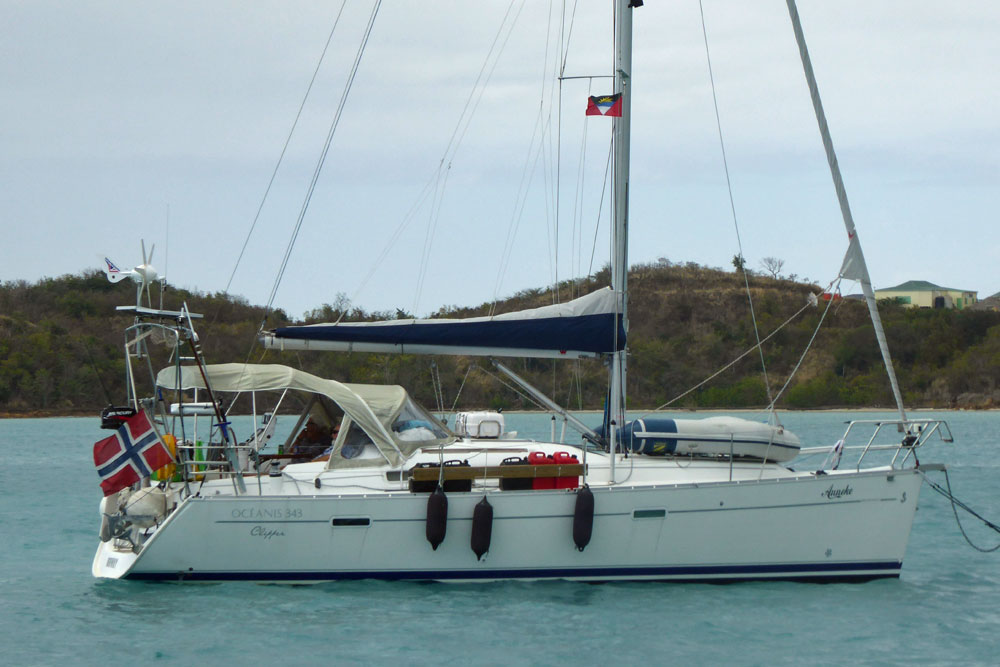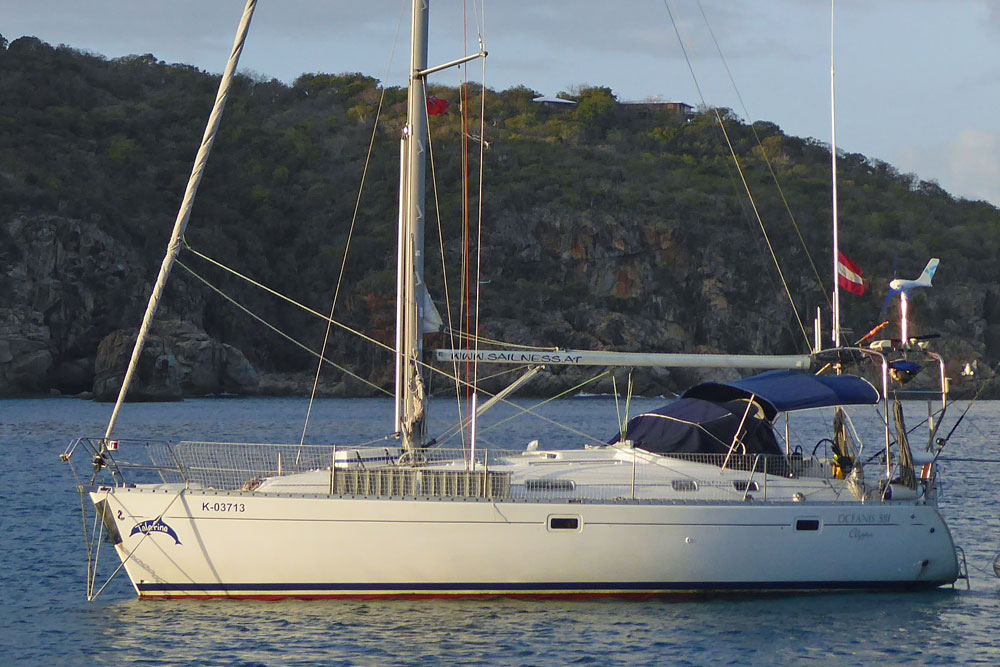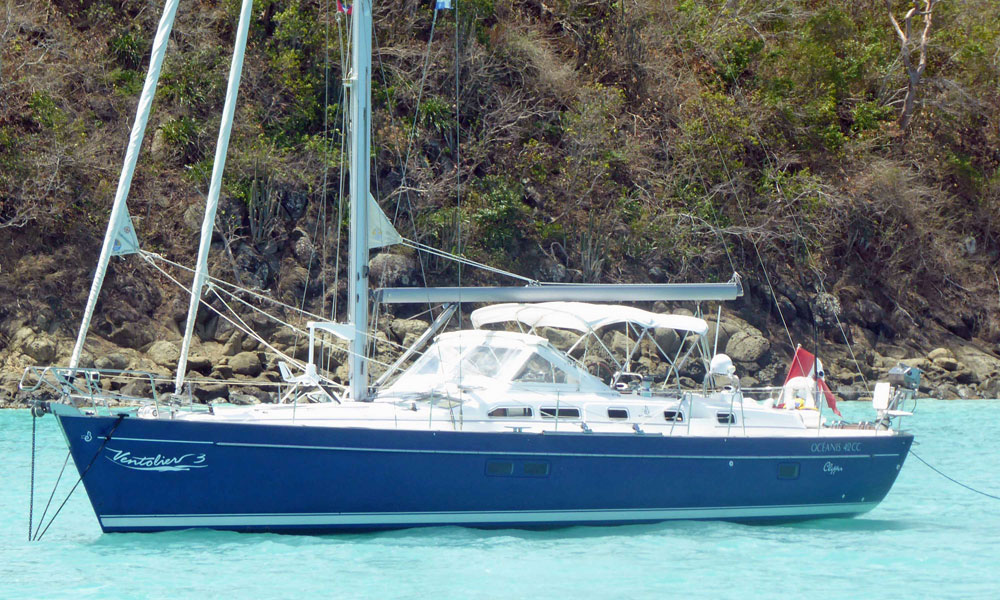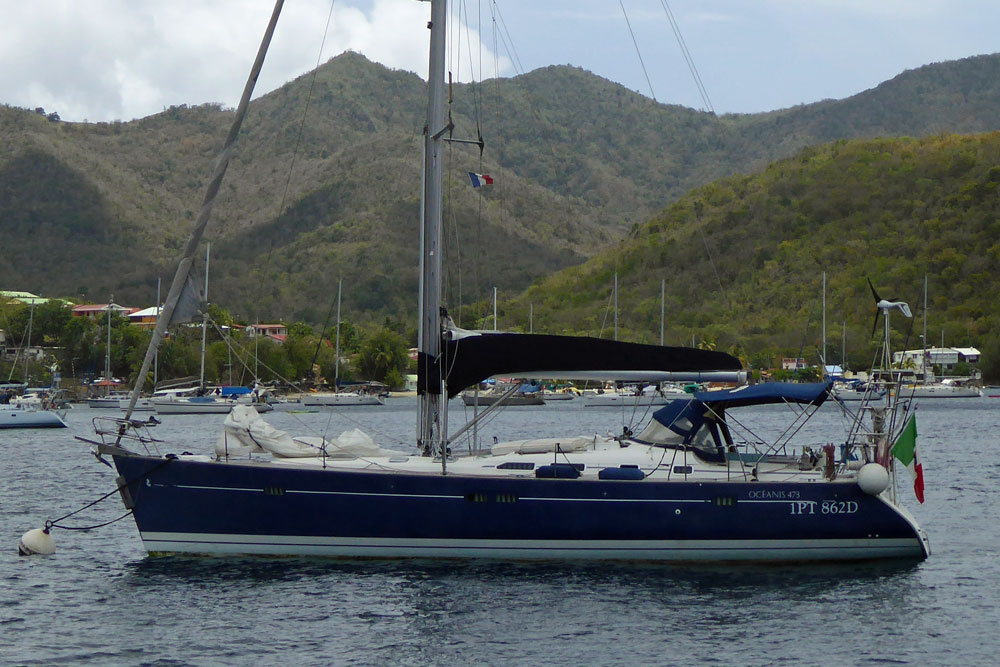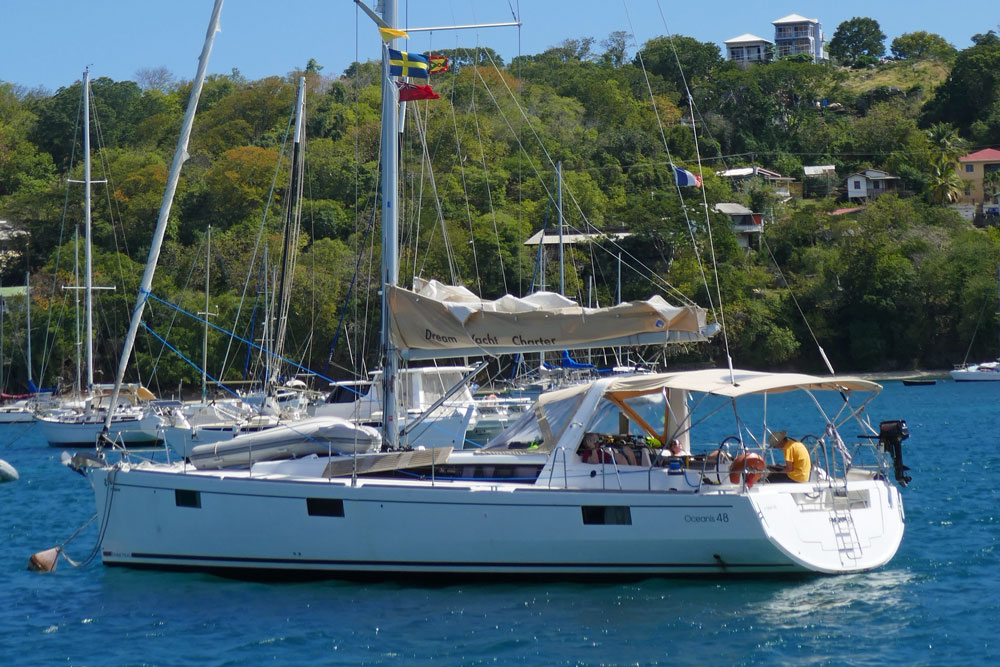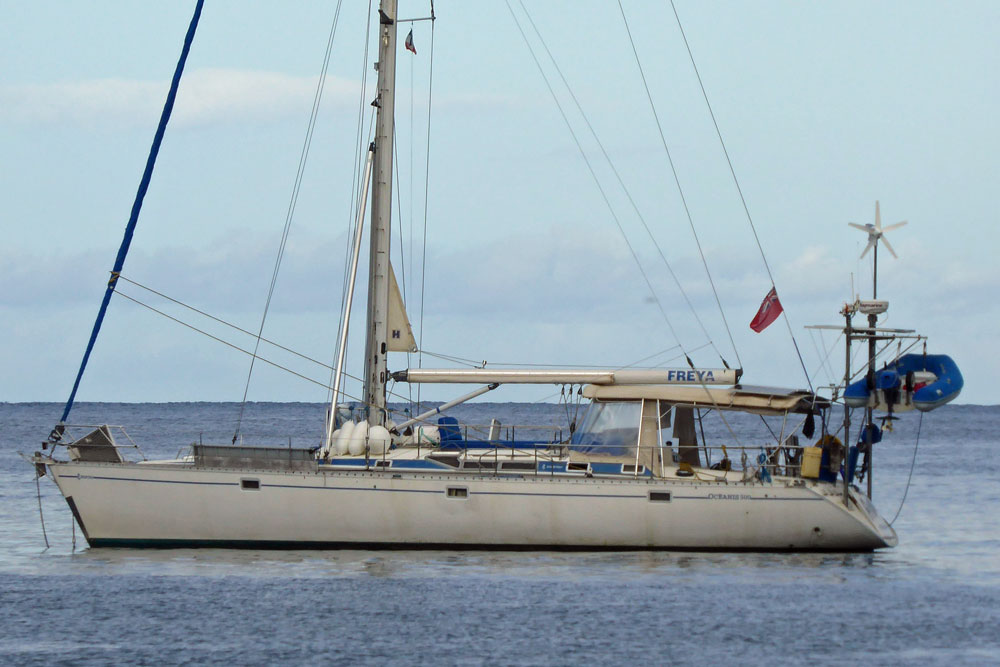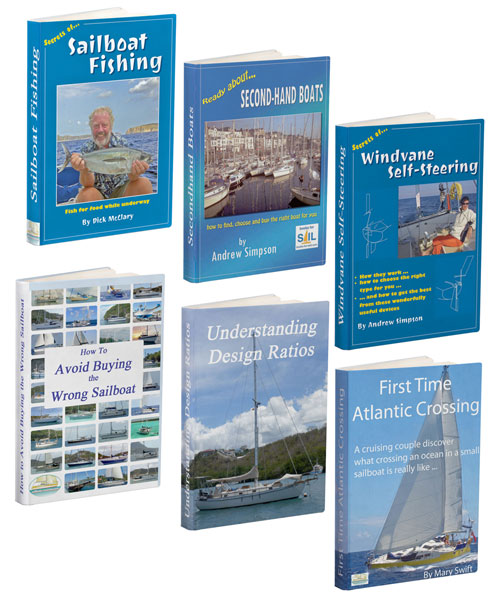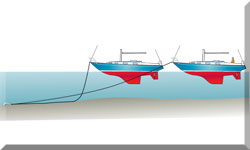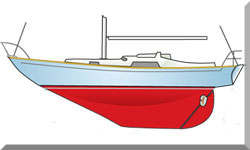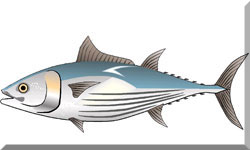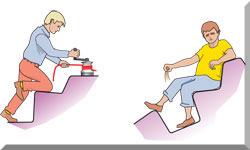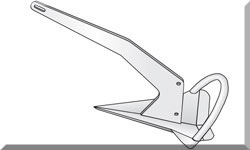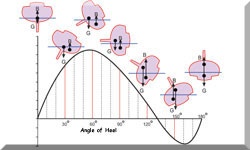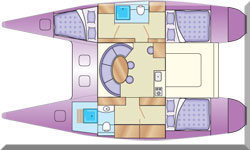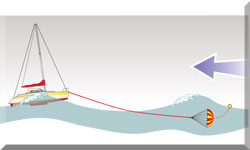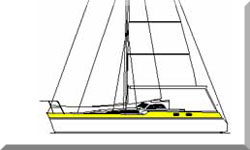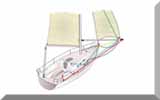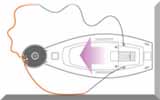- Home
- Cruising Yachts 45' to 50'
- Beneteau Oceanis 50
The Beneteau Oceanis 50 Sailboat
Specs & Key Performance Indicators
The Beneteau Oceanis 50 was designed by Berret Racoupeau Yacht Design and built by Beneteau, a French company with a long history of boatbuilding. The Oceanis 50 was launched in 2010 and is part of the fifth generation of the Oceanis line.
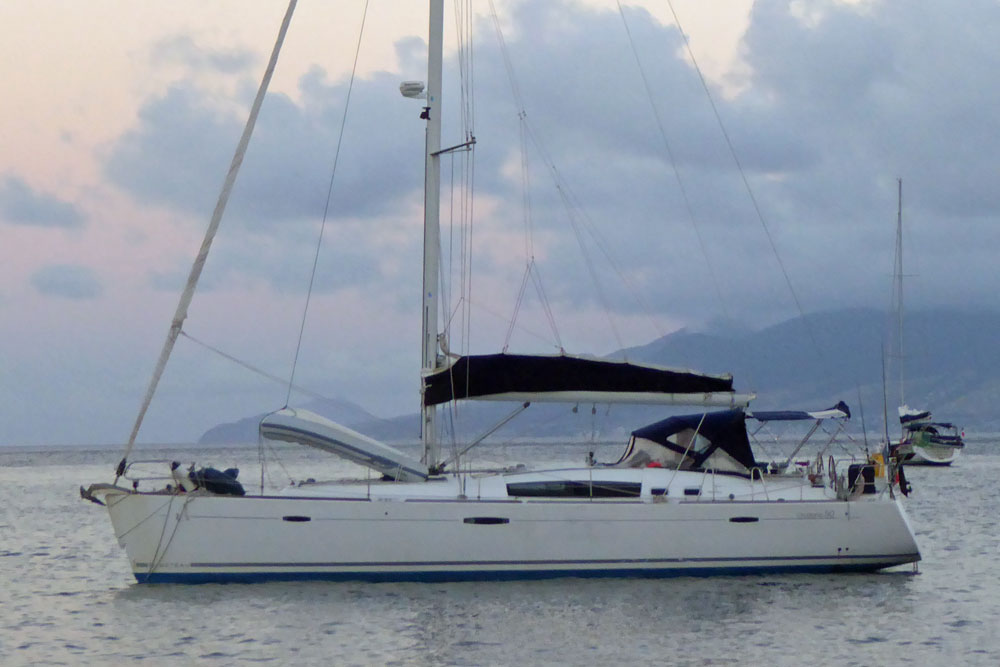 A Beneteau Oceanis 50
A Beneteau Oceanis 50Published Specification for the Beneteau Oceanis 50
Hull Type: Bulb fin keel & spade rudder
Hull Material: GRP (Fibreglass)
Length Overall: 49'6" (15.1m)
Waterline Length: 43'8" (13.3m)
Beam: 14'9" (4.5m)
Draft: 5'7" (1.7m)
Rig Type: Fractional Sloop
Displacement: 27,454lb (12,453kg)
Designer: Berret Racoupeau
Builder: Beneteau (France)
Year First Built: 2010
Published Design Ratios for the Beneteau Oceanis 50
1. Sail Area/Displacement Ratio: 20.9
2. Ballast/Displacement Ratio: 34.5
3. Displacement/Length Ratio: 156
4. Comfort Ratio: 28.3
5. Capsize Screening Formula: 2.0
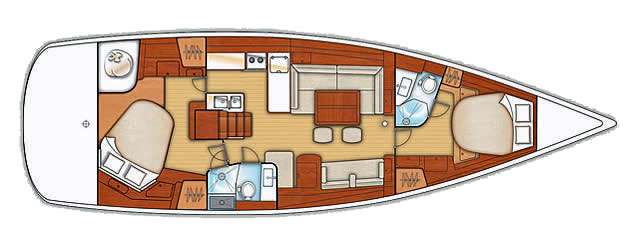 Oceanis 50 Layout (standard version)
Oceanis 50 Layout (standard version)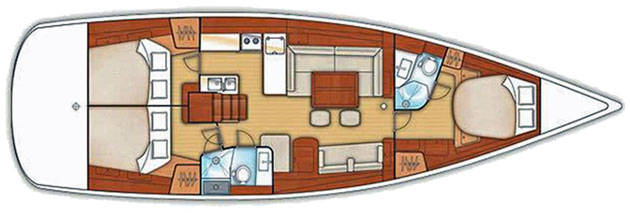 Oceanis 50 Layout (optional version)
Oceanis 50 Layout (optional version)The Beneteau Oceanis 50: A Few FAQs...
Basd on the published design ratios for the Beneteau Oceanis 50, how is the boat likely to perform under sail?
Basd on the published design ratios for the Beneteau Oceanis 50, how is the boat likely to perform under sail?
These ratios suggest that the Oceanis 50 is a relatively light and fast boat that can perform well in moderate to strong winds. It also has a good balance of stability and stiffness, but may not be very comfortable in rough seas.
Is the Beneteau Oceanis 50 still in production and, if not, when did production end and how many of these sailboats were built?
Is the Beneteau Oceanis 50 still in production and, if not, when did production end and how many of these sailboats were built?
he Beneteau Oceanis 50 is no longer in production. It was replaced by the Oceanis 51.1 in 2017, which is a slightly larger and more advanced model. The exact number of Oceanis 50s built is not known, but it is estimated to be around 300.
What, if any, alternative versions of the Beneteau Oceanis 50 were built and what are the differences between them?
What, if any, alternative versions of the Beneteau Oceanis 50 were built and what are the differences between them?
There were two alternative versions of the Beneteau Oceanis 50: the Family version and the Performance version. The Family version had a standard mast and furling mainsail, while the Performance version had a taller mast and a fully battened mainsail. The Performance version also had deeper keels, larger winches, and upgraded sails and rigging.
How many people can sleep on board a Beneteau Oceanis 50?
How many people can sleep on board a Beneteau Oceanis 50?
The Beneteau Oceanis 50 had four different layout options that could sleep between eight and twelve people. The standard layout had four cabins and four heads, with two double cabins in the bow and two double cabins in the stern. The optional layouts had either three cabins and three heads, with one large owner's cabin in the bow and two double cabins in the stern; or five cabins and four heads, with two double cabins in the bow, two double cabins in the stern, and one single cabin in the saloon.
What is the history of the builders of the Beneteau Oceanis 50 and is the company still in business?
What is the history of the builders of the Beneteau Oceanis 50 and is the company still in business?
The builders of the Beneteau Oceanis 50 are Beneteau, a French company that was founded in 1884 by Benjamin Bénéteau. The company started as a small workshop that made fishing boats, but later expanded to produce sailboats and motorboats for recreational use. Today, Beneteau is one of the largest boat manufacturers in the world, with several brands under its umbrella including Jeanneau and Lagoon. The company is still in business and has a global presence, with production facilities in France, Italy, Poland, Brazil, and the United States.
What keel options, if any, are available for the Beneteau Oceanis 50?
What keel options, if any, are available for the Beneteau Oceanis 50?
The Beneteau Oceanis 50 has two keel options: a shoal-draft version that draws 1.7 m (5 ft 9 in) and a deep-draft version that draws 2.1 m (6 ft 11 in). Both keels are made of cast iron and have a bulb at the bottom to lower the center of gravity and increase stability.
What is the average asking price of a secondhand Beneteau Oceanis 50?
What is the average asking price of a secondhand Beneteau Oceanis 50?
The average asking price of a secondhand Beneteau Oceanis 50 varies depending on the year, condition, location, and equipment of the boat. According to YachtWorld, as of September 2023, the average asking price of a secondhand Beneteau Oceanis 50 is around $300,000 USD.
How does the Beneteau Oceanis 50 compare to other similar sailboats in its class?
How does the Beneteau Oceanis 50 compare to other similar sailboats in its class?
The Beneteau Oceanis 50 is comparable to other similar sailboats in its class, such as the Jeanneau Sun Odyssey 509, the Bavaria Cruiser 51, the Dufour Grand Large 520, and the Hanse 508.
These boats are all around 50 feet long and designed for cruising and comfort, and have similar features such as spacious cockpits, large saloons, multiple cabins, and modern amenities.
However, they also have some differences in terms of design, performance, quality, and price. For example, the Jeanneau Sun Odyssey 509 has a more sporty and dynamic look than the Beneteau Oceanis 50, but also a higher price tag. The Bavaria Cruiser 51 has a more traditional and conservative look than the Beneteau Oceanis 50, but also a lower quality of construction. The Dufour Grand Large 520 has a more luxurious and refined look than the Beneteau Oceanis 50, but also a higher maintenance cost. The Hanse 508 has a more innovative and customizable look than the Beneteau Oceanis 50, but also a lower resale value.
What other sailboats have been created by the designer of the Beneteau Oceanis 50?
What other sailboats have been created by the designer of the Beneteau Oceanis 50?
The designer of the Beneteau Oceanis 50 is Berret Racoupeau Yacht Design, a French naval architecture and design studio that was founded in 1967 by Michel Berret and Philippe Racoupeau. The studio has created many other sailboats for Beneteau and other brands including the following designs for Wauquiez and Amel.
- Wauquiez Pilot Saloon 42
- Wauquiez Pilot Saloon 48
- Wauquiez Pilot Saloon 58
- Wauquiez Centurion 57
- Amel 50
- Amel 60
The above answers were drafted by sailboat-cruising.com using GPT-4 (OpenAI’s large-scale language-generation model) as a research assistant to develop source material; to the best of our knowledge, we believe them to be accurate.
Other sailboats in the Beneteau 'Oceanis' product range:
Recent Articles
-
Modern Boat Electronics and the Latest Marine Instruments
Dec 20, 25 05:27 PM
Should sailboat instruments be linked to the latest boat electronics as a fully integrated system, or is it best to leave them as independent units? -
Hans Christian 43: Classic Bluewater Cruiser & Liveaboard Sailboat
Dec 10, 25 04:37 AM
Explore the Hans Christian 43: a legendary heavy-displacement, long-keel sailboat. Read our in-depth review of its specs, design ratios, and suitability for offshore cruising and living aboard. -
Planning Your Sailboat Liveaboard Lifestyle: An Ocean Sailor's Guide
Dec 06, 25 05:18 AM
Seasoned sailors share their methodical risk analysis for planning a secure Sailboat Liveaboard Lifestyle, covering financial, property, and relationship risks.
